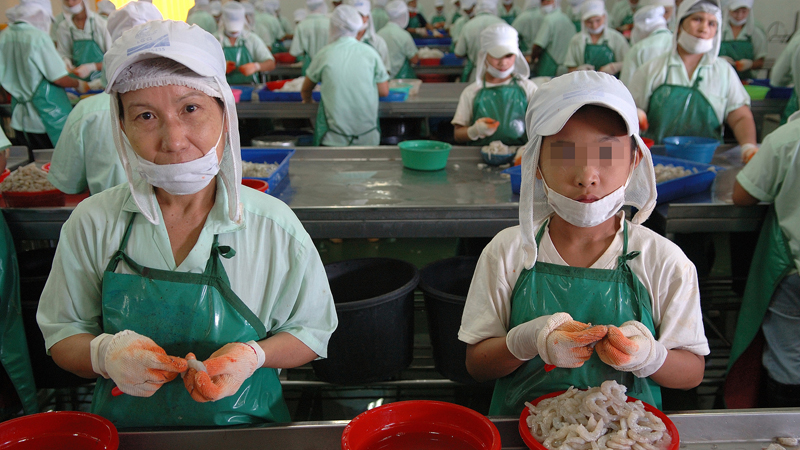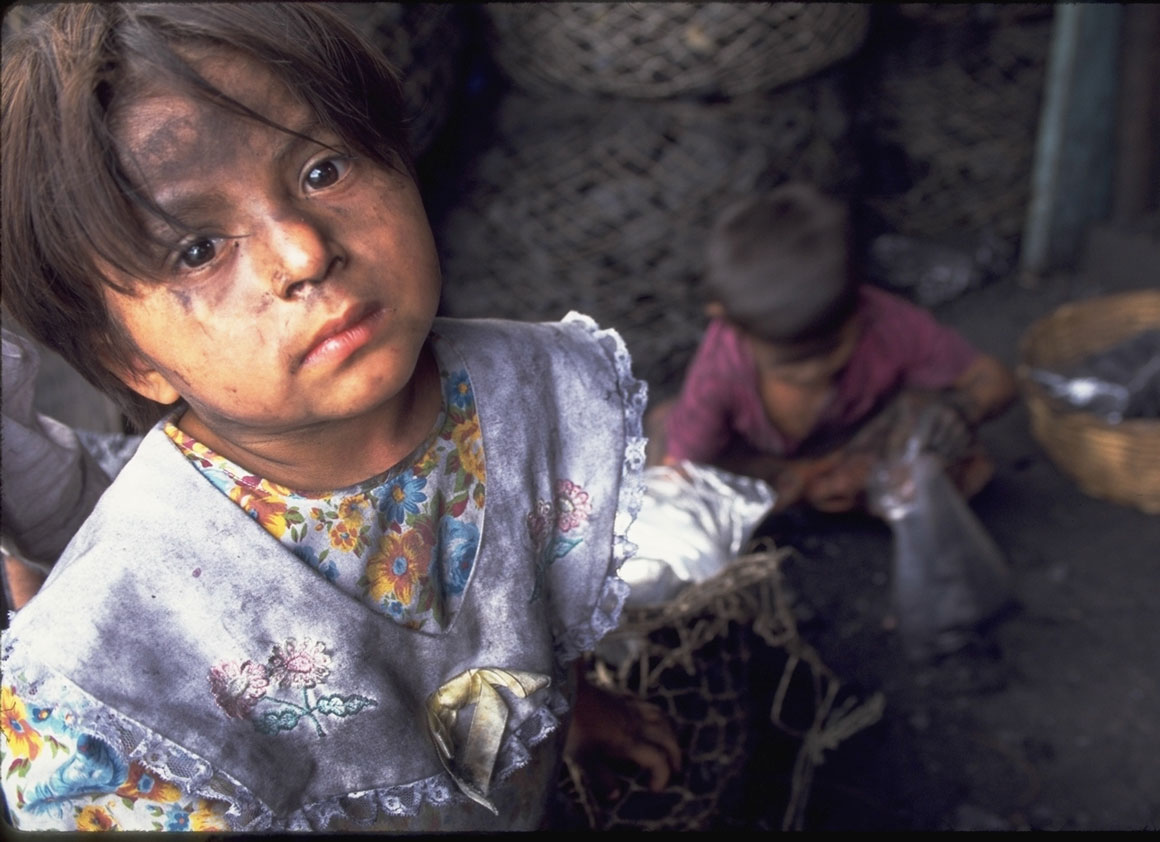Child labor, an enduring and complex problem, remains a pressing concern in our global society, often lurking beneath the surface of our daily lives. As students seeking to enhance their essay writing skills, it is crucial to emphasize the significance of researching and discussing topics like child labor in a comprehensive and empathetic manner. However, relying solely on AI for paper writing may have limitations.
It is essential to strike a balance between utilizing AI tools for grammar and structural assistance while actively engaging in the creative process of essay writing. Additionally, consider consulting reliable professional services to further aid in composing high-quality essays. Check the GrabMyEssay review site for insights into essay service providers catering to students’ needs.

The Hidden Plight of Child Labor Today
Child labor is a global crisis that often hides in plain sight. While some may perceive it as a problem of the past, millions of children worldwide continue to endure its hardships. Advocating for child rights is not merely a moral duty but an urgent necessity in the face of contemporary child labor challenges. These children, robbed of their innocence and dreams, need our voices and actions to break free from the chains of exploitation.
Evolving Forms of Child Exploitation
Child labor takes various forms across sectors and geographies. It knows no boundaries and thrives in different industries, from agriculture and manufacturing to domestic work and entertainment. What makes child labor especially insidious is its adaptability in the face of globalization and technology.
Globalization, while facilitating the flow of goods and services across borders, has also enabled unscrupulous actors to exploit children in distant corners of the world. The complex web of global supply chains makes tracing the origin of products challenging, allowing child labor to persist unnoticed. In this interconnected world, it is crucial to recognize that our products may carry the fingerprints of child labor.
Online child exploitation, cyberbullying, and forced child labor in the tech industry are disturbing realities. Child labor has evolved and adapted, necessitating a nuanced understanding of the problem.
The Human Cost
To comprehend the gravity of child labor, we must listen to the voices of those directly affected. Personal stories like that of Maya, the 12-year-old girl from rural India who embroiders fabrics for long hours, reveal these children’s daily harsh realities. Their childhoods are stolen, replaced by grueling labor that robs them of an education and a future.
Child labor’s consequences are not confined to the children involved; they extend to their communities and societies. These children often suffer from health issues due to strenuous labor, leading to a cycle of suffering that spans generations.
When children are forced into labor at a young age, their chances of escaping poverty diminish significantly. This cycle affects individuals and entire societies, hindering overall development. Breaking this cycle is a moral imperative and an essential step towards societal progress.

The Hidden Plight of Child Labor Today
To comprehend the gravity of child labor, we must listen to the voices of those directly affected. Personal stories like that of Maya, the 12-year-old girl from rural India who embroiders fabrics for long hours, reveal these children’s daily harsh realities. Their childhoods are stolen, replaced by grueling labor that robs them of an education and a future.
Child labor’s consequences are not confined to the children involved; they extend to their communities and societies. These children often suffer from health issues due to strenuous labor, leading to a cycle of suffering that spans generations.
When children are forced into labor at a young age, their chances of escaping poverty diminish significantly. This cycle affects individuals and entire societies, hindering overall development. Breaking this cycle is a moral imperative and an essential step towards societal progress.
International Efforts and Conventions
Recognizing the severity of child labor, the international community has taken steps to combat it. Fundamental conventions and agreements, such as the United Nations Convention on the Rights of the Child and the ILO’s Convention No. 182, set standards for eradicating child labor. These conventions provide a framework for global action and serve as beacons of hope for child rights advocates worldwide.
Global organizations, including the International Labor Organization (ILO), UNICEF, and various non-governmental organizations (NGOs), play a crucial role in addressing child labor. They implement programs and campaigns to raise awareness and advocate for policy changes. Their tireless efforts contribute significantly to the fight against child labor.
However, despite these commendable efforts, challenges persist. The complexity of child labor requires a holistic approach, and governments and organizations must continuously adapt to new forms of exploitation. Effectiveness must be evaluated, and strategies must be adjusted to meet the evolving nature of child labor.

Grassroots Advocacy: Voices for Change
Amidst the challenges, inspiring grassroots activists and organizations are working to combat child labor locally. These individuals and groups understand their communities’ unique needs and dynamics and are making a tangible impact. These local efforts are a testament to the power of individuals and communities in effecting positive change.
Challenges and Barriers to Progress
The fight against child labor faces persistent challenges, both on a global and local scale. Government policies, while often well-intentioned, are inadequately enforced in many regions. Corruption at various levels hinders the effective implementation of these policies.
Empowering Ethical Consumerism
Consumers wield significant power in combatting child labor through their purchasing decisions. By making informed choices and supporting ethical products and companies, consumers can contribute to eradicating child labor from global supply chains.
Promoting ethical consumerism is a vital force for change. Companies increasingly recognize the importance of ethical practices in their supply chains, driven by consumer demand for transparency and fairness. As consumers, we can influence corporate behavior by choosing products and brands that adhere to ethical standards.
For individuals looking to support ethical consumerism, here are some practical tips:
- Research products and brands. Investigate the products you purchase and the brands you support. Look for those with clear anti-child labor policies.
- Prioritize fair trade and ethically sourced goods. Choose products that carry Fair Trade certification or are known for ethical sourcing practices.
- Support companies with transparent supply chains. Companies that disclose information about their supply chains are often more committed to ethical practices.
- Raise awareness. Share your knowledge about child labor and ethical consumerism with friends and family to expand the reach of this important message.
Conclusion
The urgency of advocating for child rights in today’s world cannot be overstated. Every child deserves a childhood free from labor exploitation. As we conclude, let us remember that the fight against child labor requires collective action and unwavering empathy. Together, we can create a world where every child can pursue their dreams and enjoy childhood innocence.
Child labor may persist, but with our commitment and collective effort, we can create a brighter future for the children of the world, where their potential is nurtured and their rights are protected.
